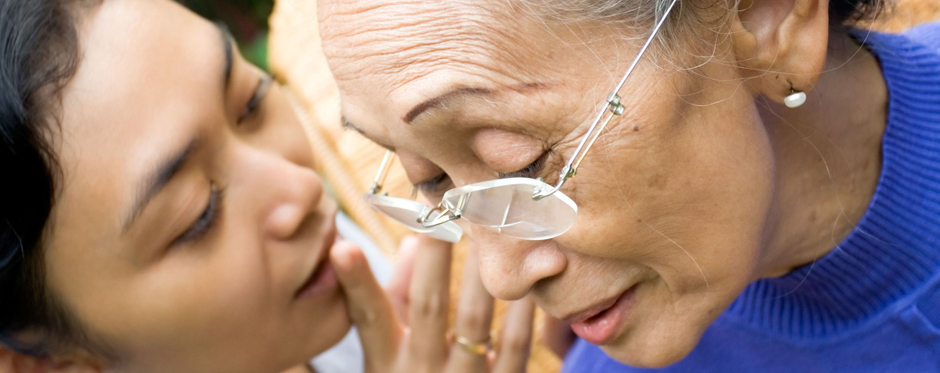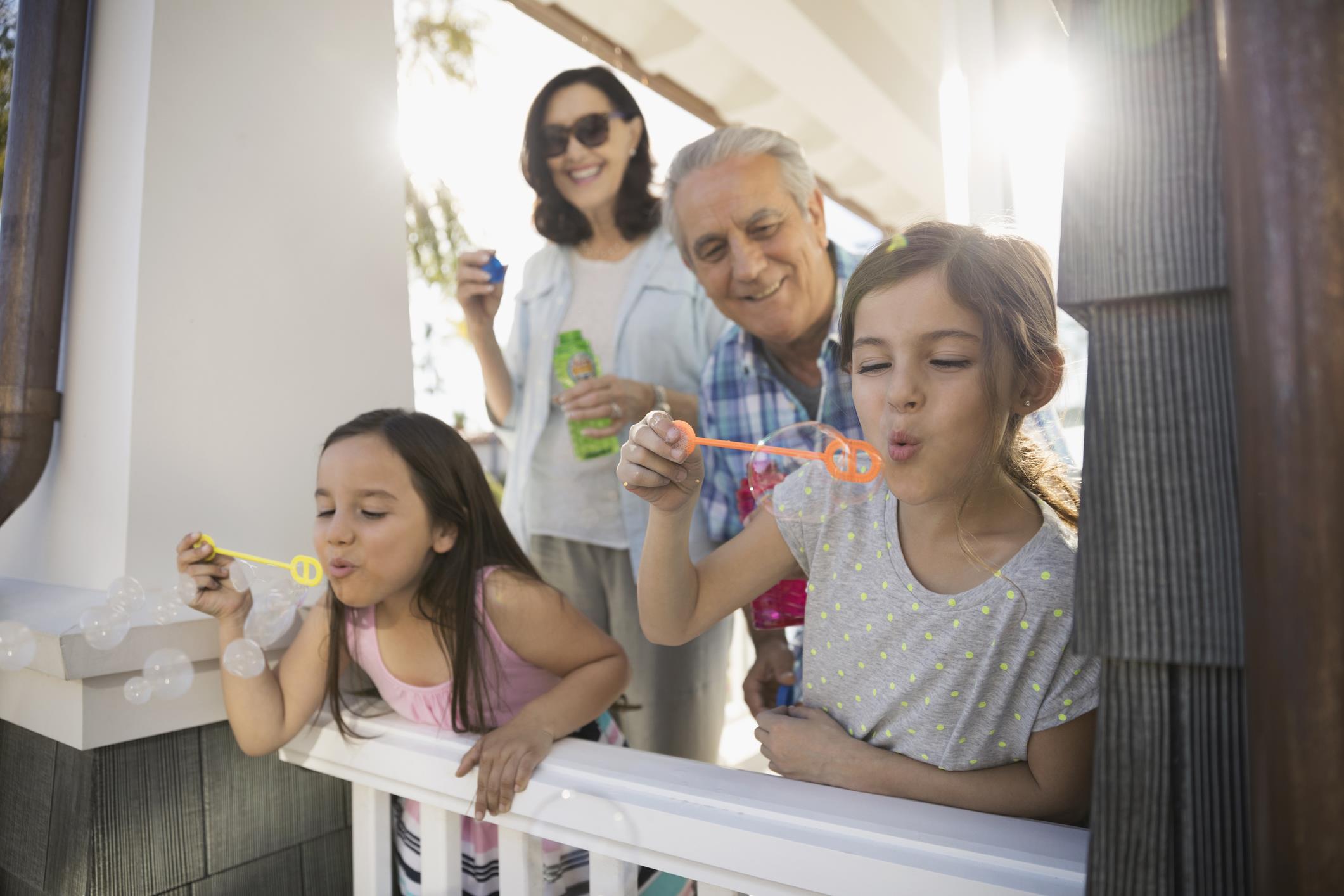Seniors Attempt Suicide at Astonishing Rates


While teenagers are the age group most associated with suicide risk, the terrible truth is that another group is killing themselves at even higher rates: seniors.
Adults aged 65 to 84 are nearly twice as likely to commit suicide as 15 to 24-year-olds, according to the Center for Disease Control and Prevention. Beyond age 85, the suicide risk is 70 percent higher.
What’s even more concerning is older adults are six times more likely than teens to complete their suicide attempts. Unlike younger people, seniors are more decisive and more likely to have access to lethal means.
Why are seniors attempting suicide at such astonishing rates? The Institute on Aging’s Friendship Line provides insight. At the country’s only free 24-hour crisis call center for seniors and disabled adults, trained volunteers speak with seniors for a variety of reasons.
“Considered a ‘warm line’ rather than a ‘hot line,’ the Friendship Line exists for seniors to call for any reason,” says Patrick Arbore, director and founder of Elderly Suicide Prevention & Grief Related Services at Institute on Aging, who launched the crisis intervention program in 1973. “While some call because they are having a crisis, the majority call due to chronic loneliness and undiagnosed depression. These two reasons are precursors to suicide.”
“When I first started working here there was a man who started calling, and he had a traumatic brain injury. He would talk about how he wanted to die and how he didn’t have any purpose in life anymore,” says Kathy Seligman, volunteer with the Friendship Line.
This man’s feelings are not unusual for older generations. Many times seniors struggle to understand their purpose in life, and if they are disabled or have little human contact, the negative feelings can compound. However, the Friendship Line offers hope.
“The fact that he was calling every day, not just talking to me, but talking to a person at the Friendship Line every day, he started to realize he could have relationships with people,” Seligman says. “It was really amazing to me to see this man regain his joy at living.”
If you have a senior in your life, suicide risk can be difficult to spot. Common signs are often confused as normal parts of the aging process.
Arbore says to pay attention for these suicide signals:
Subtle cries for help: Seniors are unlikely to say something as straightforward as “I want to die.” They are more likely to say “I don’t want to be a burden,” “There’s no place for me here,” or “I just don’t feel right.”
Irritability: Seniors at risk for suicide are more likely to be irritable than sad. They may complain often about physical ailments or inability to do things. These signal low quality of life.
Undiagnosed depression: Look for signs of depression such as lost interest in hobbies, loss of appetite or sleep, or giving away prized possessions. Pay close attention during times of change, such as when a spouse dies.
Lack of social interaction: Note seniors that are withdrawn and lack social contact with others. Loneliness and isolation cause seniors to feel their death wouldn’t really effect anyone.
“Keep in mind, seniors are unlikely to ask for help because they don’t want to be a burden to anyone,” Arbore says. “It’s up to you to take action if you notice any of these signs or feel something is off.”
Here is a three-step action plan to help if you believe an elderly loved one is at risk of suicide:
Step 1: Call or visit.
Simple yet profoundly effective, calling and visiting regularly helps give seniors purpose and allows them to feel connected. When you eliminate feelings of loneliness you help eliminate thoughts of suicide.
Step 2: Schedule a depression screening.
Many seniors don’t believe in mental health; they believe in toughing it out. That means they may not speak to their doctor about their depression. Be an advocate and their voice during appointments. Ask the doctor to schedule a depression screening when you observe any red flags.
Step 3: Use the Friendship Line.
The Friendship Line phone number is 800-971-0016. Seniors can call it every day if they’d like for social interaction or to ask health questions. You can even request a volunteer to make an outgoing call directly to a loved one who might be reluctant to reach out. Every year, trained volunteers make and receive 100,000 calls with seniors who often have no other human contact they can count on.
Founded in 1985, Institute on Aging (IOA) is one of Northern California’s largest community-based nonprofit organizations providing comprehensive health, social and psychological services for seniors and adults with disabilities. IOA’s Friendship Line relies largely on donations to stay free and open 24 hours a day. If you don’t know a senior, but want to help other seniors struggling with depression and suicide, donate to the Friendship Line at http://bit.ly/IOAgingDonate. Learn more at www.ioaging.org.




